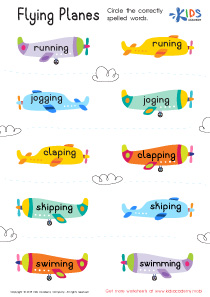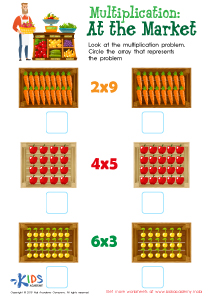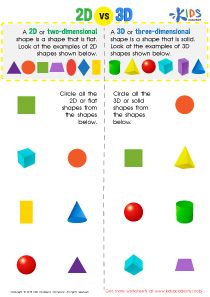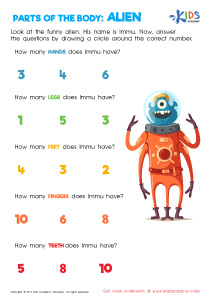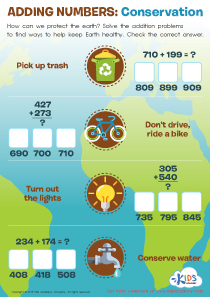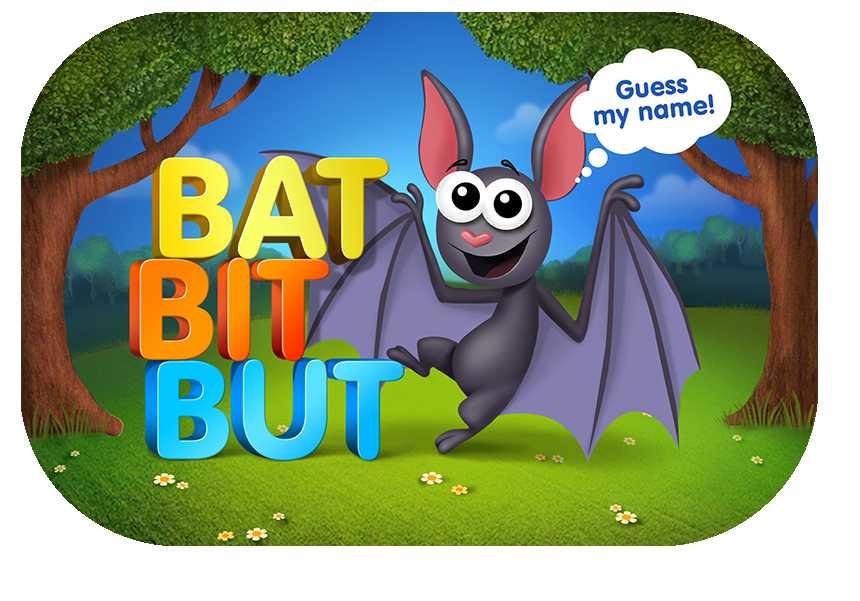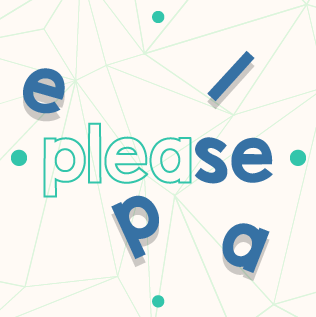English Language Arts Lessons | Letters Are Made of Lines and Curves, Preschool
2 results
Our comprehensive lessons on Letters are Made of Lines and Curves are perfect for preschool children who are just starting to learn the alphabet. With interactive worksheets, educational videos, and assessment quizzes, our lessons are engaging and effective in helping young learners understand how letters are formed using lines and curves. Our approach helps children develop their fine motor skills and eye-hand coordination, as they practice drawing lines and curves that form letters. These lessons are designed to encourage and inspire children to understand, recognize, and write letters with greater ease and confidence. Try our Letters are Made of Lines and Curves Lessons today and give your child a strong foundation in reading and writing!
The Letters are Made of Lines and Curves Lessons offered to children in preschool are an excellent avenue through which young learners can develop skills they will need throughout their educational journey. Learning how to read and write is a critical stage in a child's development, and it provides a foundation for their future academic success. The interactive worksheets, educational videos, and assessment quizzes provided in our Letters are Made of Lines and Curves lessons can assist children in acquiring vital skills.
The interactive worksheets are a fantastic way for children to learn how to create letters using lines and curves. The design of our worksheets makes learning fun and engaging for children. They are visually appealing and have interactive elements that allow learners to practice tracing the letters correctly. This activity helps children develop their handwriting and fine motor skills, which are essential for their future studies.
Our educational videos provide a dynamic way for children to understand the concept of lines and curves in letters. The videos are informative, concise, and age-appropriate, providing a perfect introduction to reading and writing for children in preschool. With the help of these videos, young learners can develop an interest in letters, which can motivate them to improve their writing skills.
The assessment quizzes offered in our Letters are Made of Lines and Curves lessons provide a way for children to improve their knowledge and understanding of letters. These quizzes are designed to ensure that learners comprehend the primary concepts introduced in the lessons. Interactive questions and prompts allow children to test their knowledge and monitor their progress. Additionally, frequent assessment helps to strengthen recall and improves the retention rate of the concepts learned in the lessons.
Learning how to read and write is one of the most crucial educational milestones for children. The Letters are Made of Lines and Curves Lessons can assist children in developing a solid foundation for their future studies. By providing fun and dynamic interactive worksheets, educational videos, and assessment quizzes, we help to make the learning process engaging and enjoyable for young learners. The lessons also provide an excellent opportunity for children to develop necessary skills, including handwriting, fine motor skills, knowledge of letter shapes, letter recognition, and knowledge of reading and writing fundamentals.
In conclusion, the Letters are Made of Lines and Curves Lessons are essential to children in preschool as they provide a critical foundation for future academic success. The interactive worksheets, educational videos, and assessment quizzes offered in the lessons can help children to acquire the necessary skills to become proficient readers and writers. These lessons are designed to make learning fun and interactive, thereby keeping children engaged and motivated to learn.
